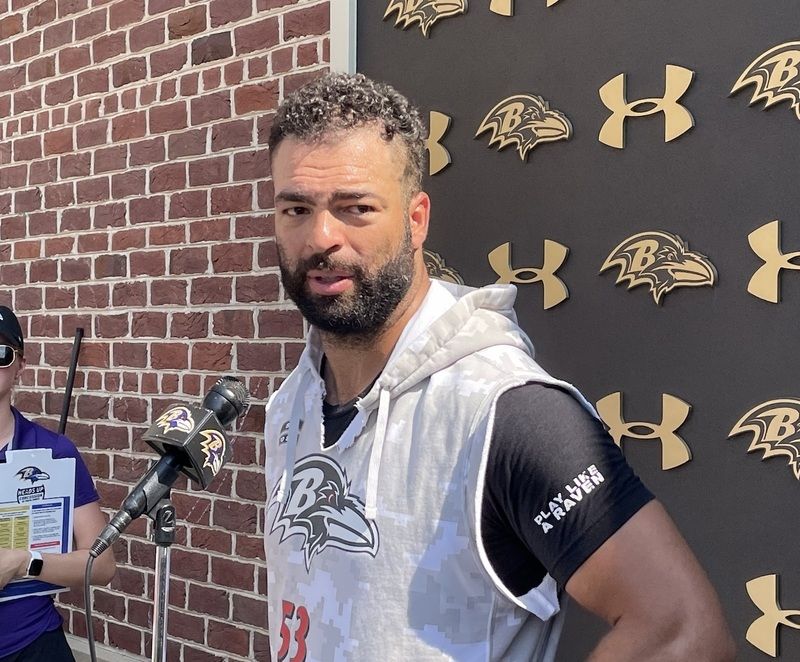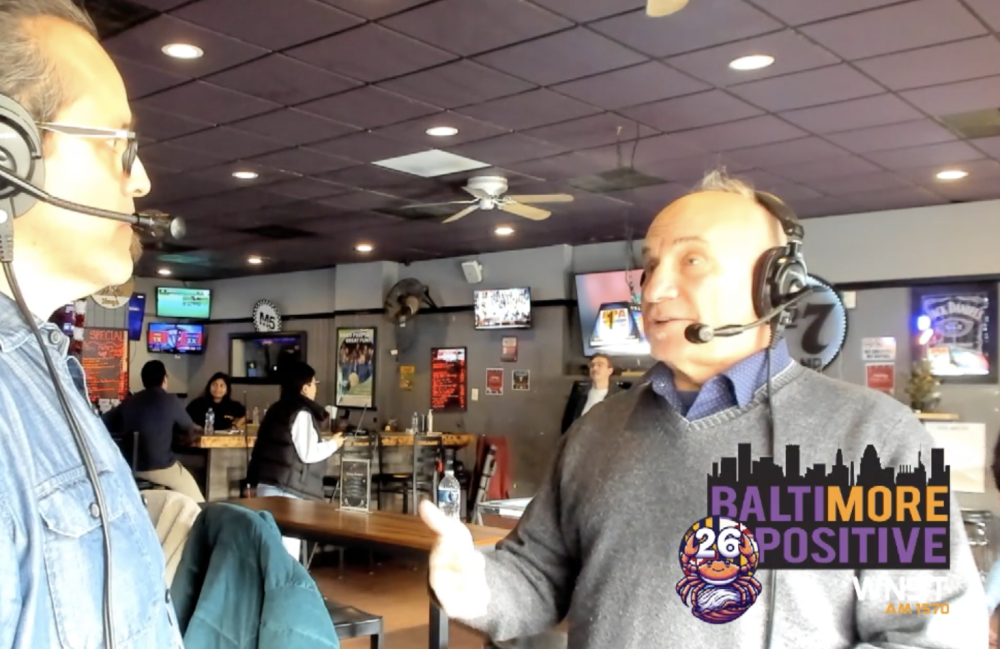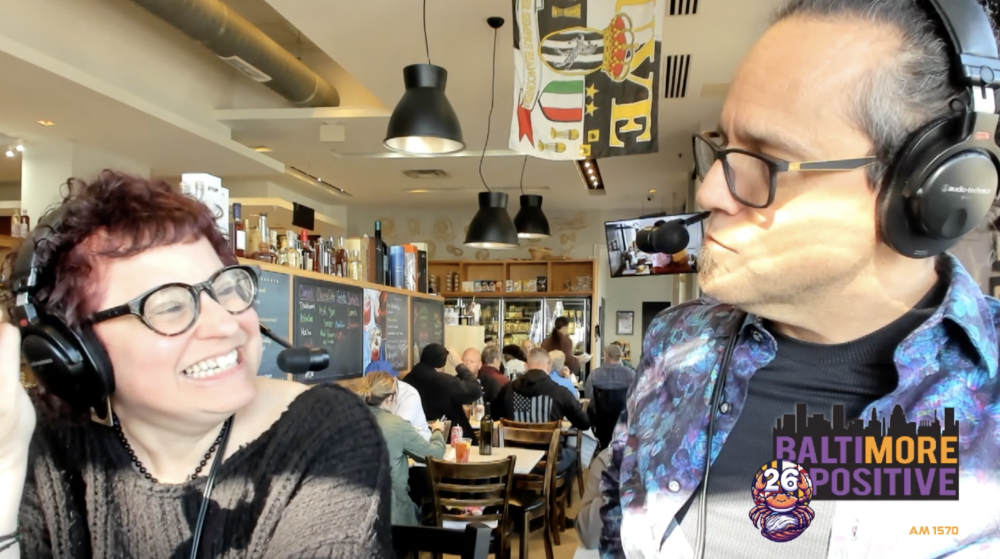As we count down to the start of the 20th season at Oriole Park at Camden Yards, I take a look back at the top 20 moments in the history of the ballpark. Selected moments had to relate directly to the action on the field at the time. No orchestrated events such as World Series anniversary celebrations or Orioles Hall of Fame inductions were eligible.
Previous selections:
20. Wieters’ debut
19. Nomo tosses the only no-hitter in Oriole Park history
18. Orioles rally from nine-run deficit against Boston
17. 30-3
16. Showalter takes the helm
15. Palmeiro homers in Oriole debut
14. Griffey’s Warehouse shot
13. Sparring with Seattle – June 6, 1993
The next choice on the list would easily top a list of the ugliest moments in Camden Yards history, but it’s a scene those in attendance will never forget.
After sleepwalking through the first two months of the season, the Orioles found themselves in sixth place and nine games out in the seven-team AL East when the Seattle Mariners came to town in early June. Baltimore took the first two games of the series and was thinking sweep with ace Mike Mussina taking the hill on a Sunday afternoon.
The Orioles got their sweep, but it came in the aftermath of one of the ugliest, longest brawls in big league history. After Seattle starter Chris Bosio had thrown behind Harold Reynolds and Mark McLemore earlier in the game, Mussina drilled Mariners catcher Bill Haselman — who had hit a home run earlier — in the top of the seventh, touching off a 20-minute brawl that resulted in eight ejections and the near-end of Cal Ripken’s consecutive games streak.

Unlike the typical baseball brawl that amounts to plenty of jawing and halfhearted pushing, punches were thrown and the grappling continued at several different points after it looked like order had been restored. When the dust finally settled, Rick Sutcliffe, David Segui, and Alan Mills — who also landed a memorable punch on Darryl Strawberry during a fight in the Bronx five years later — were the three Orioles tossed while Seattle ejections included manager Lou Piniella along with Haselman, Bosio, Mackey Sasser, and Norm Charlton.
The Orioles won the game 5-2 as Mussina improved to 8-2 on his way to an All-Star selection. However, his season would soon be derailed by shoulder issues, posting a 6.37 earned run average in 13 starts following the brawl and spending a month on the disabled list later that summer.
The most significant footnote from the marathon scuffle was the injury sustained by Ripken, who twisted his right knee when his spikes got caught in the infield grass. He finished the game, but his marathon streak was in serious doubt the next morning when he woke up with severe pain and swelling in the knee. “It was the closest I’ve come to not playing,” he later said as he closed in on Lou Gehrig’s historic mark in 1995.
Ripken would play the next night, and his streak of 1,790 consecutive games at the time would continue for five more years. Instead of the melee bringing a nightmarish end to “The Streak,” it only added to the legend of Ripken’s tenacity.
The brawl also boosted the start of a hot streak for the Orioles, who were occasionally criticized as a passive group under Johnny Oates. Baltimore would win 16 of its next 19 games to climb back into the division race, but would ultimately finish the season in third place, 10 games behind eventual World Series champion Toronto.
Regardless of the black eyes it left on each organization — figuratively and literally — the temporary transformation of the Camden Yards diamond into the squared circle would become a benchmark for baseball’s ugliest brawls.
“It happens,” Oates said after the game. “It’s nothing to brag about. It’s not something you look forward to, but it’s part of the game.”




























